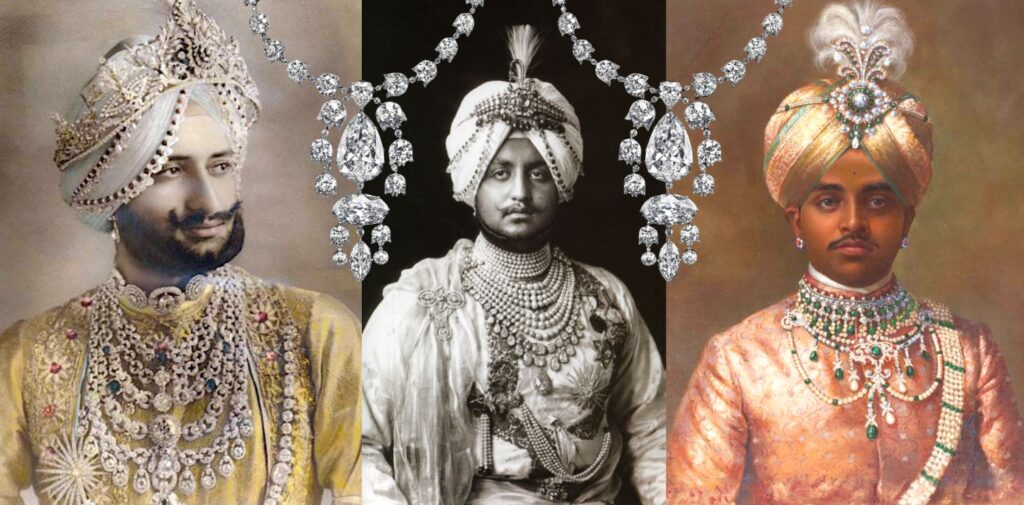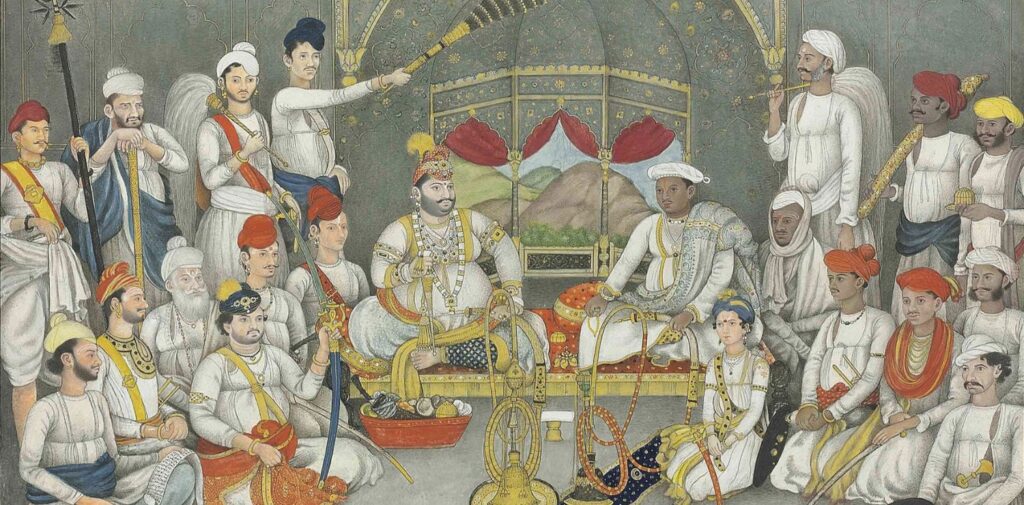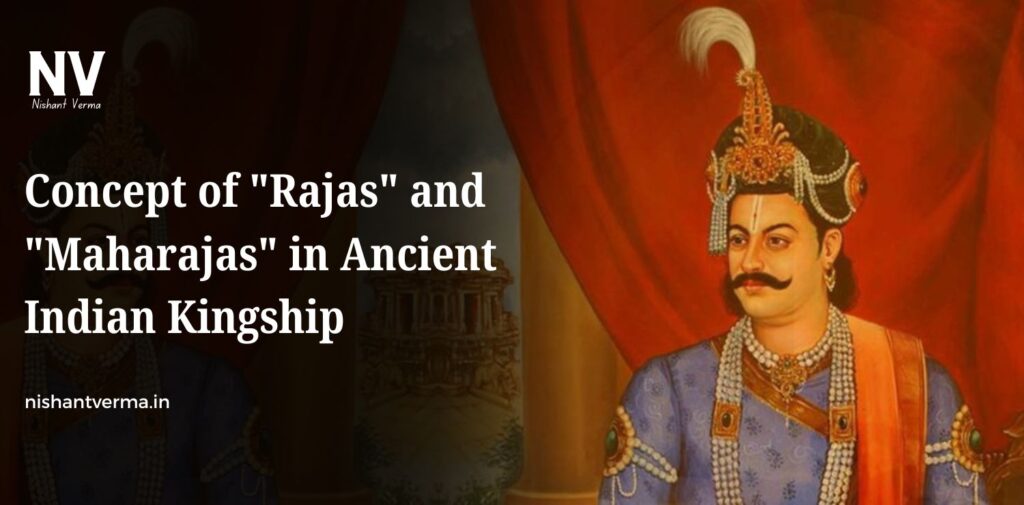In the history of ancient India, the roles of “Rajas” and “Maharajas” were fundamental in shaping the political, social, and cultural landscape of the time. These terms are often associated with kingship, but they have distinct meanings and historical significance that can be understood through the lens of ancient Indian governance. In this article, we will explore the concepts of “Rajas” and “Maharajas,” their roles in society, their responsibilities, and how they influenced ancient Indian kingship.
Understanding Raja and Maharaja
The word “Raja” is derived from the Sanskrit language, meaning a king or ruler. In ancient India, “Rajas” were the rulers of smaller territories or kingdoms. They were responsible for the administration, protection, and prosperity of their subjects. The title “Maharaja” is a combination of two Sanskrit words: “Maha” (great) and “Raja” (king). Therefore, “Maharaja” means a “great king,” often used to describe rulers who governed larger, more powerful regions or empires.
The distinction between “Raja” and “Maharaja” primarily lies in the size and scope of their rule, with “Maharajas” often having more power, wealth, and territory under their control than the “Rajas.” However, both were seen as important figures in the political and cultural hierarchy of ancient India, and their influence was significant in shaping the development of Indian civilization.

The Role of a Raja
A “Raja” was typically the ruler of a small kingdom or principality. These kingdoms were often independent and had their own systems of governance. While the power of a Raja could vary, they were generally considered the supreme authority in their region. Some of the key responsibilities of a Raja included:
- Governance and Law Enforcement: A Raja was responsible for ensuring the welfare of his kingdom and maintaining law and order. This included overseeing justice, collecting taxes, and making decisions on disputes among his people.
- Military Leadership: A Raja had the responsibility to protect his kingdom from external threats, often leading military campaigns or organizing defense strategies. The military might of a Raja was crucial for maintaining control over their territory.
- Religious and Cultural Patronage: Many Rajas were patrons of religious practices, supporting temples, religious ceremonies, and cultural activities. Rajas often played an important role in promoting the religious and cultural identity of their people.
- Administration of Resources: Rajas were responsible for the management of resources within their kingdom, which included agriculture, trade, and natural resources. They were expected to ensure economic stability and prosperity for their people.
- Symbol of Power and Prestige: In ancient Indian society, a Raja was also a symbol of divine kingship. He was seen as a protector of dharma (moral and ethical law) and often believed to have a divine right to rule.
While Rajas had considerable authority, their kingdoms were generally smaller, and their influence was often limited to a particular region. Many Rajas also had to recognize the authority of more powerful rulers or empires in the larger political landscape of ancient India.

The Rise of the Maharajas
As political and social structures evolved in ancient India, the title of “Maharaja” began to gain prominence. The term “Maharaja” was often used to denote rulers who had control over large, expansive regions or who wielded significant power in the Indian subcontinent. Some of the most well-known Maharajas were emperors who led vast empires, including the Maurya and Gupta dynasties.
The emergence of Maharajas can be understood in the context of the expansion of kingdoms and the rise of centralized administration. The consolidation of power by larger kingdoms meant that the title of Maharaja was used to reflect the enhanced status and authority of these rulers. The responsibilities and influence of a Maharaja were more extensive than those of a Raja. These included:
- Empire Building: Maharajas often ruled over large empires or vast territories. For example, the Gupta Empire under Chandragupta I and Samudragupta, as well as the Mauryan Empire under Ashoka, were led by Maharajas who controlled extensive regions across India.
- Centralized Administration: Unlike the more localized rule of Rajas, Maharajas established more complex and centralized systems of governance. They created administrative divisions, appointed officials, and developed efficient systems for managing resources, taxation, and law enforcement.
- Supreme Authority: A Maharaja had supreme authority over his empire and was seen as the ultimate decision-maker in all matters, including military affairs, diplomacy, and governance. His word was law, and he was often viewed as a divine representative on earth.
- Patronage of Culture and Arts: Just like Rajas, Maharajas played an important role in promoting culture, arts, and religion. However, their patronage was on a much grander scale. The construction of grand temples, educational institutions, and the support of intellectuals flourished under the rule of Maharajas.
- Diplomacy and External Relations: As the rulers of large empires, Maharajas engaged in diplomacy with other powerful kingdoms, empires, and regions. They negotiated treaties, formed alliances, and sometimes waged wars of conquest to expand their influence.
- Cultural Symbolism: The Maharaja was not only a political leader but also a cultural symbol of power. Their reign was often associated with the protection of dharma and the flourishing of civilization. In literature, art, and religion, the Maharaja was often depicted as a god-like figure, a protector, and a patron of the arts.
Distinctions Between Rajas and Maharajas
Although both Rajas and Maharajas were kings, their roles and positions in society had important distinctions:
- Size of Territory: Rajas typically ruled smaller kingdoms, while Maharajas governed larger regions or empires. The territorial control of a Maharaja was far more extensive, and their influence reached across multiple regions.
- Political Power: While Rajas held significant power within their kingdoms, the political influence of a Maharaja was greater. Maharajas were often involved in international diplomacy and empire-building, while Rajas were more focused on local governance.
- Administrative Complexity: Maharajas established more sophisticated systems of governance, with a larger bureaucracy and more extensive administrative divisions. Rajas, on the other hand, ruled with fewer officials and more informal structures.
- Religious Influence: Both Rajas and Maharajas played significant roles in religious patronage, but Maharajas often supported large-scale religious projects, including the building of grand temples, and sometimes sponsored religious movements across their empires.
- Military Leadership: Both Rajas and Maharajas were military leaders, but the scale of military campaigns conducted by Maharajas was much larger. They led armies that could conquer vast territories and protect their empires from external threats.

The Decline of the Traditional Rajas and Maharajas
As time passed, the concept of kingship evolved in ancient India. With the rise of Islamic rule in the 12th century and the eventual arrival of the British Empire in the 18th century, the roles of traditional Rajas and Maharajas began to change. While many Rajas and Maharajas continued to hold significant local influence and wealth, their political power declined with the advent of new ruling systems.
However, the legacy of the Rajas and Maharajas continues to be felt in modern India. The cultural, religious, and political practices they promoted laid the foundation for many aspects of Indian society, and their influence is still evident in Indian art, literature, and traditions.
Conclusion
The concepts of “Rajas” and “Maharajas” were integral to the political structure of ancient India. Rajas ruled smaller kingdoms with a focus on local governance, while Maharajas oversaw vast empires with centralized administration, military might, and diplomatic influence. The roles of both rulers were crucial in shaping the political, cultural, and social development of ancient India. Their legacy is a testament to the rich history of kingship in India and continues to influence the country’s history and culture today.




